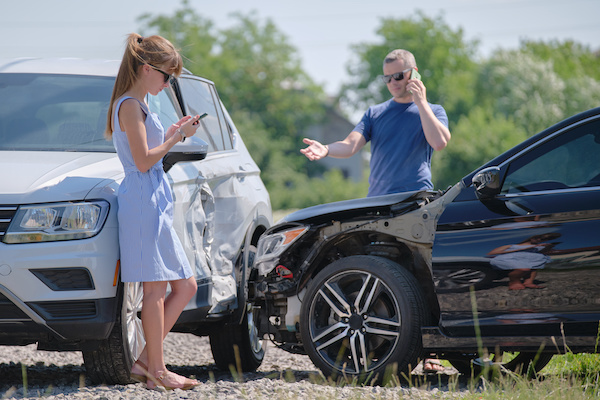How To File A Car Insurance Claim After An Accident

Thus, you must navigate this critical phase despite the overwhelming situation with calmness and organization. Although it may seem daunting initially, breaking down this process into manageable steps can make it more approachable. Below are the critical stages of filing a car insurance claim, each leading to resolution and recovery.
1. Prioritize Your Safety
Immediately after an accident, the top priority should be checking for injuries. Call emergency services if there are any injuries, no matter how minor. Their professional help is crucial for health concerns and because they can help document the accident, which can be helpful later during the claim process.2. Notify Law Enforcement
Once everyone is safe, the next step is to contact local law enforcement. A law enforcement officer will draft an official accident report providing an unbiased account of the incident. This report is often considered an essential piece of documentation during the claims process. It's important to cooperate fully with law enforcement officers and provide a clear, factual account of what occurred.3. Gather Information
While waiting for law enforcement to arrive, gathering as much information as possible from the other driver and about the accident scene is advisable.Obtain the other driver's name, address, phone number, and insurance details. Also, record information about the other vehicle, including the make, model, and license plate number. If there are witnesses, gather their contact information as well, as their accounts could provide useful perspectives on the incident.
Take visual proofs of the accident scene from multiple angles, focusing on the areas where damage is visible. Photograph the overall scene, the positions of the vehicles, visible injuries, and any other noteworthy conditions. This visual evidence can be a powerful tool when demonstrating the circumstances of the accident and in proving fault in an accident.
4. Look For A Reliable Attorney
Engaging the services of a reputable car accident attorney can significantly ease the process of navigating insurance claims following an automobile accident. They have the requisite knowledge to decode complex insurance policy terms, help claimants understand their rights, and negotiate effectively with insurance companies.It's vital to choose a lawyer who is experienced, responsive, and respectful of client needs, considering their reputation and past case-handling experiences.
5. File A Claim
The next formal step is to initiate the claim process with the car insurance company. This typically involves completing an official 'Proof of Claim' form, which details the accident and the losses incurred.While filling out this form accurately and honestly is essential, it is also important to consult a car accident lawyer, who can offer advice on what information to share and what to withhold to ensure a successful negotiation.
Each insurance company has slightly different processes, so it's crucial to follow the instructions given by the company carefully. If any part of the process is unclear, don't hesitate to contact the insurance company for clarification.
6. Cooperate With The Claims Adjuster
After filing a claim, the insurance company will assign a claims adjuster to the case. This individual's role is to investigate the claim, assess the damage, and determine the insurance company's repair payout or if the car is a total loss. Cooperation with the claims adjuster is crucial, as it directly impacts the outcome of the claim. Your chosen car accident lawyer can help you with this process.It is crucial to provide all the information collected, including the law enforcement accident report, photographs, personal account, and witness contacts, if any. Also, the claims adjuster may want to inspect the damaged vehicle, so be prepared to make it accessible for evaluation.
While the adjuster is performing their job, it may also be helpful to obtain personal repair estimates from a few auto repair shops. These estimates can provide a benchmark when reviewing the adjuster's report and the insurance company's subsequent settlement offer.
7. Review The Settlement Offer
Once the adjuster completes their evaluation, the insurance company will calculate a settlement offer. This offer should account for the cost of repairs, medical expenses, if applicable, and any other accident-related costs. It's crucial at this juncture to thoroughly review this offer.It's essential not to rush acceptance of the first offer. Instead, take time to compare it against personal repair estimates and assess whether it adequately covers all the losses incurred from the accident.
If the offer seems inadequate or unfair, don't hesitate to push back. It may be necessary to negotiate with the insurance company or seek the advice of a lawyer specializing in auto accident claims to ensure a fair settlement.
Conclusion
A car accident is distressing, but the subsequent process of filing an insurance claim doesn't have to add to the stress. By understanding and following the steps outlined above, the process can be navigated effectively.Stay calm, gather all the relevant information, hire a reputable lawyer, and maintain open communication with the insurance company. These actions can significantly enhance the prospects of a smooth claim process and a fair and satisfactory resolution.
Do You Need An Attorney?
If so, post a short summary of your legal needs to our site and let attorneys submit applications to fulfill those needs. No time wasted, no hassle, no confusion, no cost.

